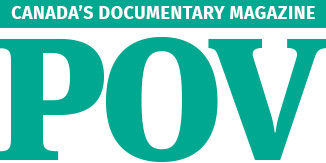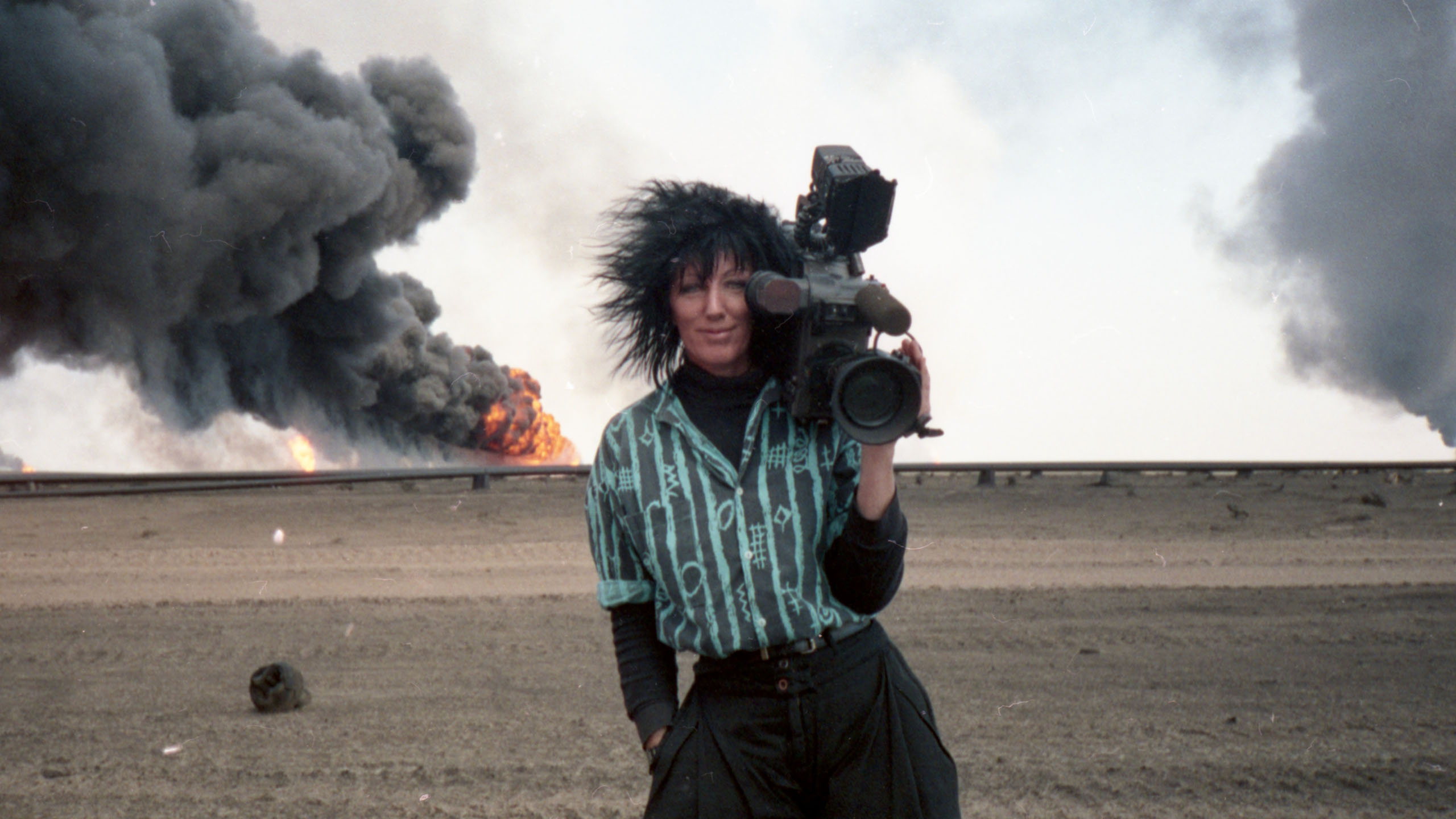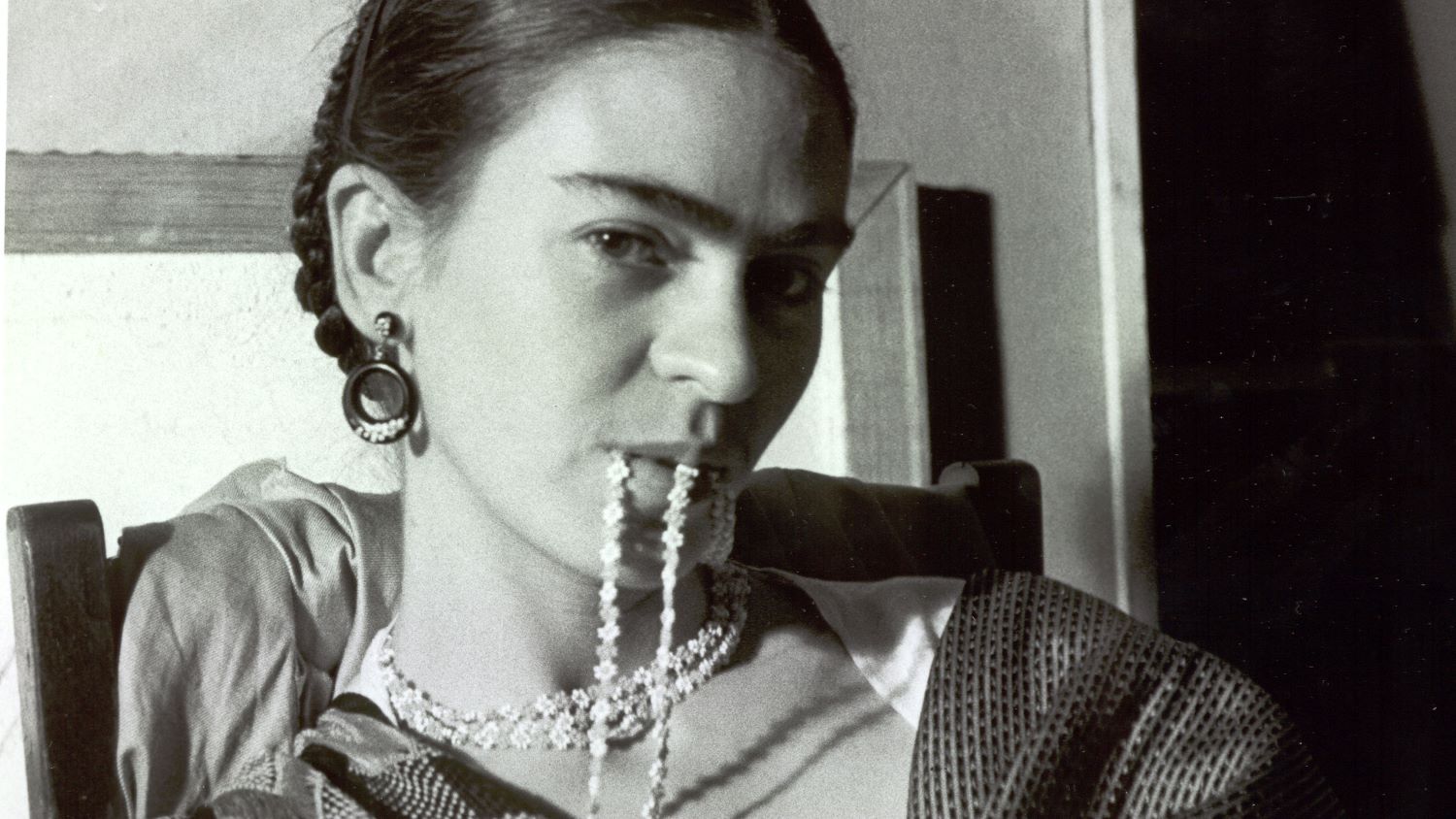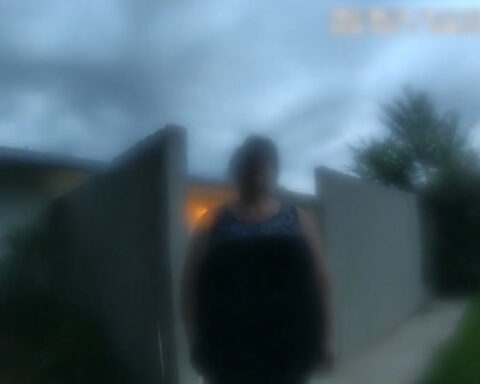Never Look Away
(New Zealand, 85 min.)
Dir. Lucy Lawless
Programme: World Cinema Documentary Competition (World Premiere)
“She’s got a bazooka on her shoulder. You’d better watch out,” someone says of cameraperson Margaret Moth in Never Look Away. This terrific documentary tells how the late Moth could help win wars with a single shot. Actor Lucy Lawless of Xena: Warrior Princess fame makes a strong directorial debut by chronicling Moth’s story with verve and vigour. The doc offers a portrait of courage under fire as Lawless presents ample footage that Moth shot from the frontlines of conflict, capturing images that helped turn public perception of events like the Gulf War and the Bosnian War. Never Look Away offers a compelling, pulse-pounding look at the grit, tenacity, and bravery one requires to navigate the line of fire in search of one perfect shot.
Lawless begins the film somewhat unexpectedly. The first interviewee among the chorus of colleagues, friends, and family members isn’t a fellow correspondent. It’s a former lover, Jeff Russi. He tells Lawless about, well, lawless nights with Moth. He says they began a passionate relationship when he was 17. She was 30 and she rocked his world. But his words about Moth’s vitality, rock star persona, and all-around lust for life lay the foundation for Never Look Away. The film creates a profile of someone who truly lived in the moment in order to capture it.
“It’s about people.”
What’s quite strong about Never Look Away, too, is that Moth was as comfortable in front of the camera as she was behind it. Lawless presents a collage of still photos and videos of the statuesque moth. The tall New Zealander stands out in a crowd with magnetic energy and shock of jet black hair. Moth has a great relationship with the camera and knows its power.
The film tells how she got her start as the first women cameraperson for local news in New Zealand before landing a gig on the national broadcast. However, Moth’s peers explain how the creation of CNN brought a demand for photojournalists to capture images for the 24/7 news cycle. Moth’s gumption quickly proves an asset as she brings images that reveal the human costs of war.
The immediacy of her images remains striking. There’s a sense of truly being in the thick of the action. The tanks are so close one almost ducks while watching them pass by. Ditto the bullets the whiz past and the rockets that explode too close for comfort. Moth’s work is the product of a perfect balance of fearlessness, recklessness, and artfulness. Despite all the elements, Lawless shows how she mastered the get-in, get-the-shot, and get-out gauntlet. But the doc also illustrates how Moth did so without being extractive. Rather, her images reflect a humanist lens. “You can’t cover war remotely,” Moth says in the film. “It’s about people.”
Lawless takes a cue from this adage and ensures that the film draws from people who knew Moth. Interviews with journalists like Christiane Amanpour and Stefano Kotsonis, and lover/sound recordist Yaschinka share what it was like to be on the ground with Moth. They also know how to unfold the story with dramatic flair.
Shock in Sniper Alley
Amanpour and Kotsonis especially recall their experiences with Moth in Bosnia. Moth’s images paint a vivid picture of Sarajevo, while the journalists detail the nerve-wracking experience of reporting on the warzone. They evoke snipers lurking in every window frame. Moth’s footage shows civilians, including children, lying lifeless thanks to indiscriminate bullets. Every shot is evidence of war crimes.
Told with swift and kinetic energy, along with a mix of dioramas to visualize the few horrors that Moth’s camera didn’t capture, Never Look Away bridges to its tragic, but perhaps inevitable, dramatic turn. Kotsonis recalls the chaotic experience in which he, Moth, and others were driving through Sniper Alley in Sarajevo when a bullet pierced their windshield. He recalls the horror of seeing Moth slumped over, shocked by a bullet that shattered her face. Not one to call it quits, Moth later joked that she wanted to go back and find what was left of her teeth.
One nearly feels the impact of the bullet that halts the breakneck pace of Moth’s story. But Moth doubles down on her courage and pulls through, just as she did while escaping a dark family life as a young woman. Lawless draws from her star’s eye for revealing the consequences of war. She gradually surfaces images of the photojournalist shattered and scarred by the bullet. Despite numerous surgeries and injuries that severely limited her speech, the film shows how Moth refused to be intimated. Sooner than later, she was back on the front lines recording images with nothing to lose.
A Badge of Honour
At this point, Lawless’s early emphasis on Moth’s beauty leaves its impact. These scars are ultimately a badge of honour. Never Look Away finds in Moth’s story a timeless parable about the necessity of on-the-ground immediate journalism. The film underscores the truth in images and the power they carry, particularly when photojournalists like Moth turn their eyes to the civilians paying the price. Her story echoes in contemporary images of the Middle East and, while Lawless doesn’t offer inserts to any recent events, she doesn’t have to: one sees the parallels, the cycles of history repeating itself, and the necessity of the cameraperson’s presence to get it all on record. As one interviewee says, events happen either way, but people like Moth improved the odds for resolution.
Through Moth’s story and powerful images, Never Look Away delivers a timely portrait that speaks to the urgency of supporting quality journalism, but also of valuing the heroism behind every story. This archive exudes a cocktail of piss and vinegar one sees too rarely these days.

